Spain will not leave anyone indifferent. All that touches the soul of the Spaniard, is filled with frenzied energy: nature, songs, architecture and history. Spain is passion in its pure form.
Contents
- Visa to Spain, rules for registration
- Spas of Spain - what to choose?
- Catalonia and Barcelona
- Valencia and Costa Blanca
- Andalusia and Costa del Sol
- Basque Country
- Canaries: Tenerife and Gran Canaria
- Hotels in Spain: what to look for when choosing?
- Transport in Spain
- Where and how to eat in Spain?
- What you need to know about nutrition in Spain?
- Excursions in Spain
- Sights of Madrid
- Other Sights of Spain
- Video. Rest on the island of Ibiza
- Video. Spain: Let's go, we'll eat!
Visa to Spain, clearance rules
Spain is a member of the Schengen Union, therefore, to obtain a visa to Spain, Russians need to hand over fingerprints. Documents are submitted personally by the applicant( the applicant for a Schengen visa).Fingerprints can be taken every 5 years. In case you have been fingerprinting for the last 5 years, the corresponding field should be noted on the visa application form.
 Visa to Spain
Visa to Spain You can hand over documents directly to the consular offices of Spain or through official visa centers. A full list of representative offices can be found here. The filing of documents is done on a territorial basis, that is, for example, residents of the Urals Federal District hand over documents to the visa center of Ekaterinburg, residents of the North-West district should apply to the visa centers of St. Petersburg, and so on.
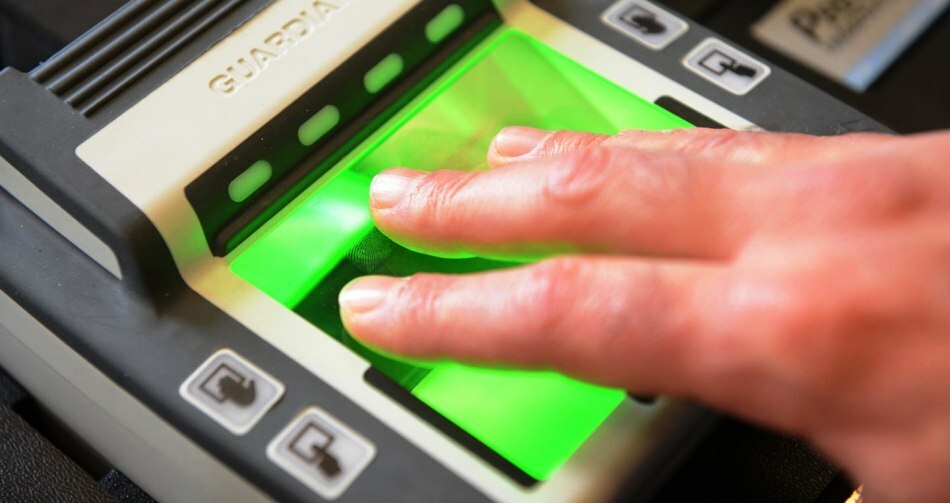 The process of removing fingerprints when obtaining a visa to Spain
The process of removing fingerprints when obtaining a visa to Spain Documents for the issuance of a Spanish visa are issued not earlier than three months before the proposed trip, and not later than two weeks prior to arrival in Spain. The package of documents depends on the purpose of your visit to Spain( tourism, business, training, visiting friends or relatives, and so on).The list of documents that will be required for obtaining a tourist visa can be found at ![]() here.
here.
The form of the questionnaire and the rules for its completion are downloaded here. Corrections in the questionnaire are not allowed. Incomplete packages of documents and photos that do not meet the requirements are also not accepted for consideration. Please note that in all consulates and in some visa centers in Spain you can hand over documents only by appointment. Details about whether you need to register for an appointment, and how to do it, you can read here.
 You can obtain a visa at the Consulate or Visa Centers of Spain
You can obtain a visa at the Consulate or Visa Centers of Spain For a visa application and processing of your documents, the visa center and consulate will take a small payment. More details about tariffs and methods of payment can be found here. In visa centers, you can order additional services, for example, courier delivery of a passport, sms-informing about visa requirements, photocopying documents and so on. More information about additional services can be found here.
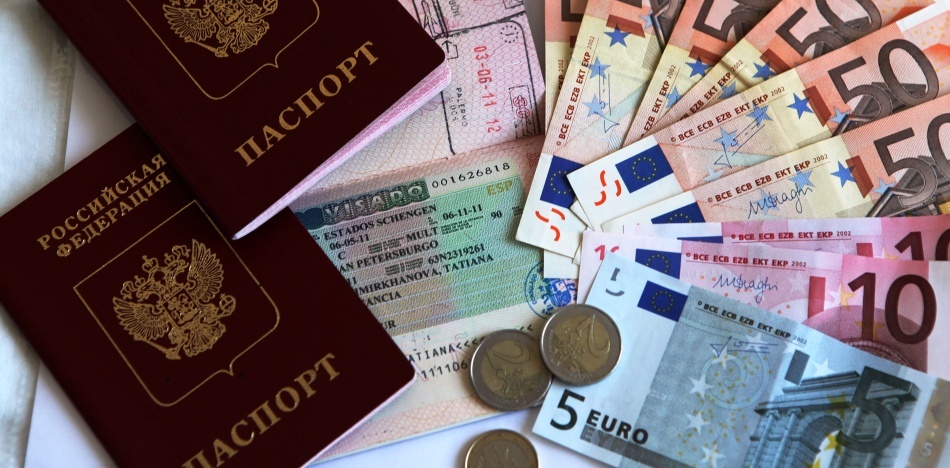 Visa centers in Spain provide additional paid services to
Visa centers in Spain provide additional paid services to If you have been denied a visa, the consulate is required to give you an appropriate notice, which indicates the reason for the refusal. The most common reasons are: there is not enough money for the trip, there are unreliable information about the booked services. In case of refusal, you can file an appeal if you are sure that the refusal has occurred due to a misunderstanding, and you will be able to provide documents to the consulate confirming your rightness. For more information on filing an appeal, click here.
 If you are refused a visa, try to appeal
If you are refused a visa, try to appeal Spas in Spain - what to choose?
On the Internet you can find a lot of offers for flights and accommodation In Spain, here is one of them booking.com with a huge selection.
Most often, when it comes to vacation in Spain, most of us mean a vacation in Barcelona and the resorts around it. More sophisticated tourists prefer the southern shores near Malaga. And yet in Spain there are as many as 17 autonomous regions, and each of them is completely different from the other.\
Traveling to different areas of Spain, you might think that you travel to different countries - so they are unique in culture, mentality, climate, landscape.
 The figure of a bull on a sunset background is one of the symbols of Spain
The figure of a bull on a sunset background is one of the symbols of Spain Catalonia and Barcelona
Catalonia is an area in the northeast of Spain, the capital is Barcelona. The Catalans consider themselves a separate nation with a separate state and language, and their being in Spain is a pure misunderstanding that is constantly being sought to correct. If you call a Catalonian a Spaniard, he will certainly correct you "I'm a Catalan".
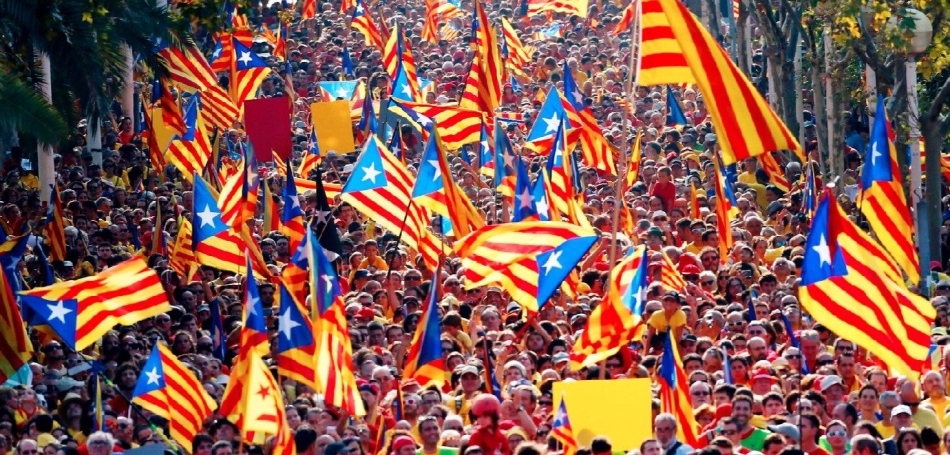 Peaceful demonstration for the separation of Catalonia from Spain
Peaceful demonstration for the separation of Catalonia from Spain Despite the tense relations of Catalonia and the official Spanish authorities, the situation is not reflected in the comfort of tourists. Catalonia is the most visited tourist region of Spain. Here there is everything you can wish for on holiday: excellent sandy beaches, fine cuisine, the richest excursion program.
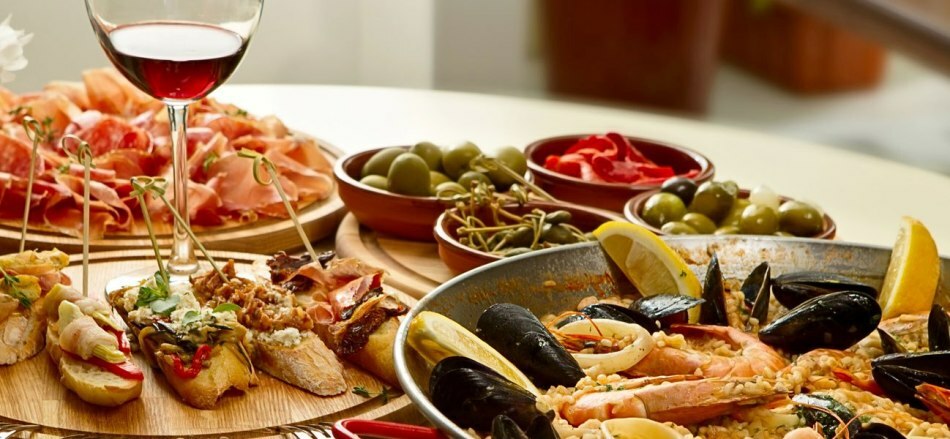 Cuisine of Catalonia
Cuisine of Catalonia Barcelona
The main pearl of the region - of course, Barcelona is a city that does not happen much. How many times you did not come to Barcelona, there is always a feeling that you need to go back and discover something else. How to choose the right accommodation, deal with transport, food and other household issues in Barcelona, read here. How to have time to see all the sights of Barcelona, and what of them to choose in the first place, see here.
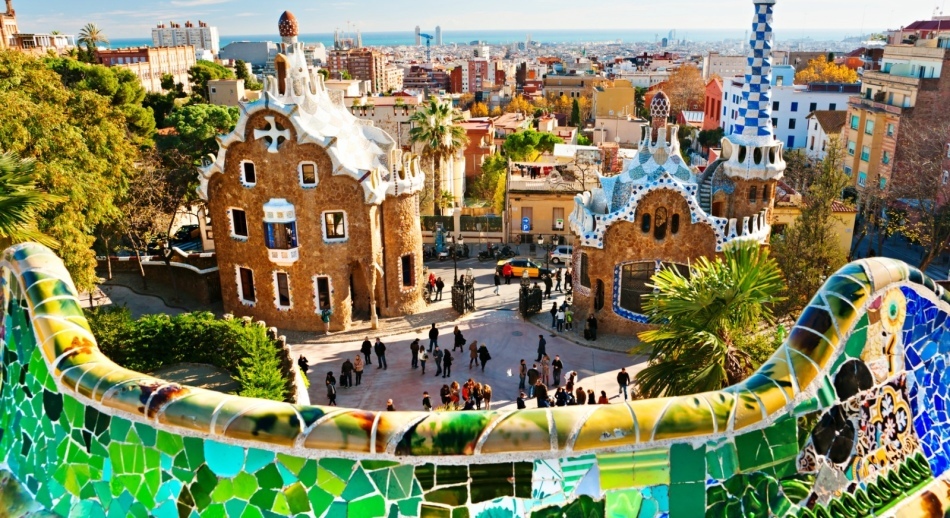 Park Güell, Barcelona, Spain
Park Güell, Barcelona, Spain Costa Brava and Costa del Maresme
Costa del Maresme and Costa Brava are two resorts that stretch from Barcelona north to the border with France. Closer to Barcelona is the Costa del Maresme. The main advantage of this coast can be called very reasonable prices, a huge selection of hotels and entertainment for the whole family. The disadvantages are hard to find here, they simply do not exist. More information about the resorts and sights of the Costa Brava can be found here.
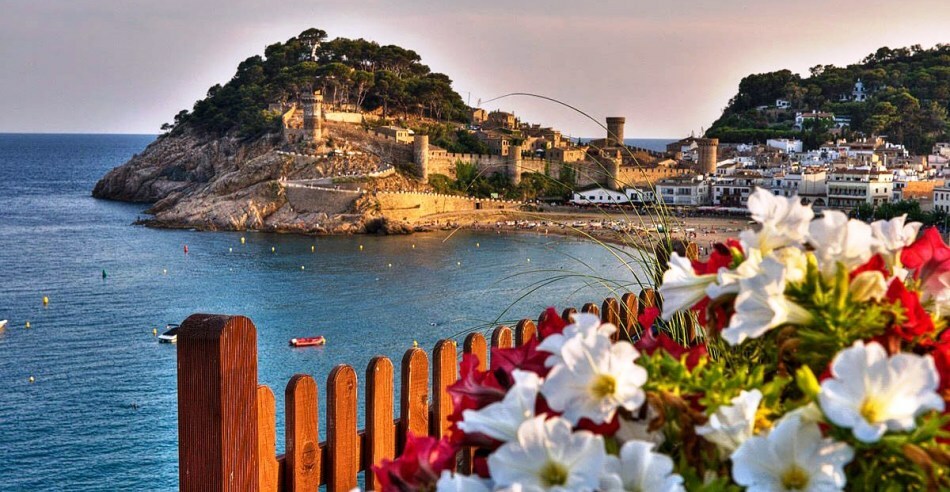 Tossa de Mar, Costa Brava, Spain
Tossa de Mar, Costa Brava, Spain Costa Dorada
Costa Daurada is a resort area that stretches from Barcelona to the south, to the border with Valencia. Costa Dorada - a favorite holiday destination for families with children and imposing pensioners. For active nightlife, the young people go to Salou and Sitges. For good food and long promenades you need to go to Cambrils and La Pineda, and in order to feel like a real resident, you should rent a house in Coma-ruga or Torredembar. For more information about holiday in Costa Daurada, click here.
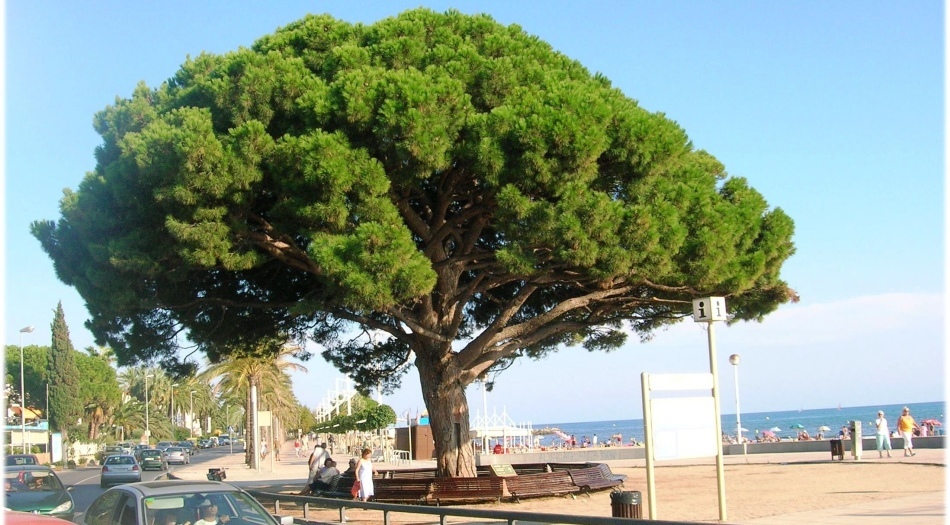 Embankment in Cambrils, Costa Dorada, Spain
Embankment in Cambrils, Costa Dorada, Spain Valencia and Costa Blanca
Valencia is an independent province in the east of Spain with the eponymous capital. Valencia is more popular with Europeans than Russians, although more and more of our compatriots have recently chosen it. The only drawback of Valencia - there are no direct trains and planes from Russia, you will have to get there with transplants. In everything else - solid pluses. More information about the sights of Valencia can be found here.
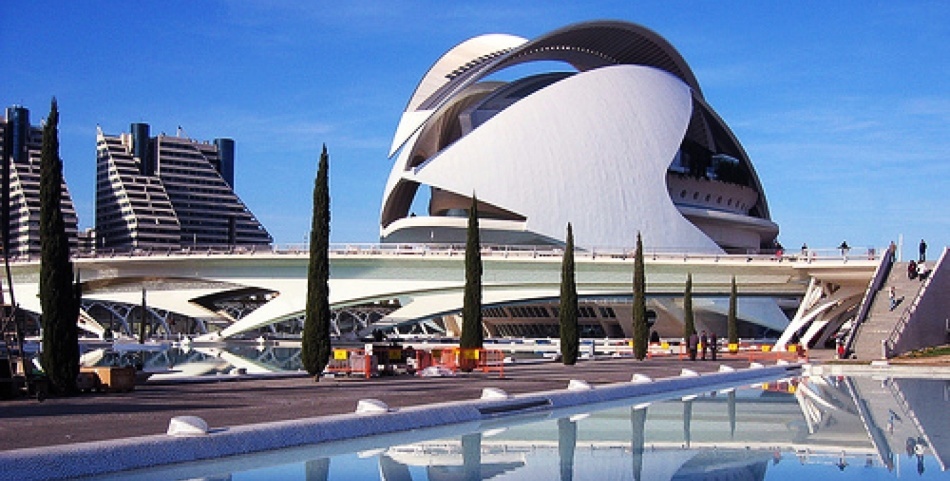 City of Sciences and Arts in Valencia, Spain
City of Sciences and Arts in Valencia, Spain Costa Blanca is a resort area within the autonomous region of Valencia. In many respects this is the best resort on the whole coast of Spain: on the Costa Blanca most of the beach is under the blue flag, there are more sunny days in the year than in other resorts in Spain;it is believed that the Costa Blanca is the most democratic prices in all of Spain. By the number of entertainment and attractions of the Costa Blanca is not inferior to neighboring regions. More information about the rest on the Costa Blanca can be found here.
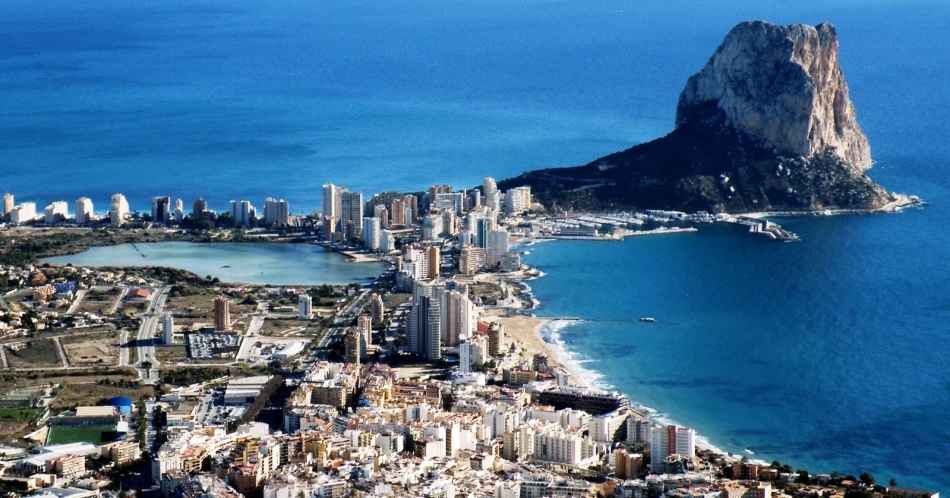 Calpe, Costa Blanca, Spain
Calpe, Costa Blanca, Spain Andalusia and Costa del Sol
Andalusia is the most southern region of Spain, which for the longest time was under the authority of Muslim Arabs. It was the Arab influence that made Andalusia so unlike other regions of Spain. In Andalusia, the most passionate dances, the most burning macho, the most bizarre buildings and palaces( a mixture of Moorish traditions and Gothic).Everything that the word "Spain" associates with us comes from Andalusia - castanets, bullfights, flamenco, Antonio Banderas, lush skirts with frills and passionate songs for guitar.
 Andalusia - the birthplace of flamenco, the traditional Spanish dance
Andalusia - the birthplace of flamenco, the traditional Spanish dance Costa del Sol is a strip of coastal resort towns, stretching all along the southern coast of the Mediterranean Sea of Andalusia. The center of the resort life here is the city of Malaga. Costa del Sol is considered the most expensive and prestigious resort in Spain, the most famous and wealthy politicians, artists and sportsmen like to stop here. Despite the fact that Costa del Sol - the southernmost coast of Spain, the water here is quite cool and warms up only by July because of the proximity of the Atlantic Ocean. More information about the holiday on the Costa del Sol can be found here.
 Bullfighting - traditional entertainment in Spain
Bullfighting - traditional entertainment in Spain Basque Country
Of all the regions of Spain, the "Basque Country" stands out most of all for its "alien".If residents of other regions can trace common roots even in remote history, then the Basques look like absolute aliens on the Iberian Peninsula. Their language is not similar to any local dialect, culture and customs are closer to the people of the North Caucasus rather than to neighboring Castile or Aragon.
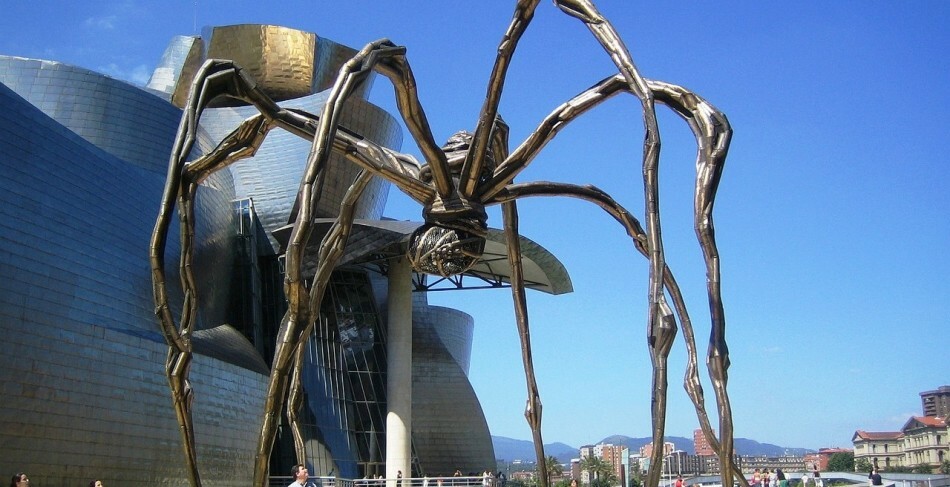 Guggenheim Museum in Bilbao, Spain
Guggenheim Museum in Bilbao, Spain Holidays in Baskonia also do not look like rest in other resort regions of Spain. The coast of the Basque Country is washed by the Atlantic waters - this is not a quiet southern sea, it is an ocean with all the inherent attributes: strong currents, frequent waves, cloudy weather and rocky shores. At the resorts of Baskonia, there is no such grueling heat as on the Costa del Sol or Costa Blanca. But here the most optimal conditions for active recreation: surfing, paragliding, biking, ecological trails, etc. More about the rest in the Basque Country you can read here.
 Coast of the Bay of Biscay, Basque Country Spain
Coast of the Bay of Biscay, Basque Country Spain Canaries: Tenerife and Gran Canaria
In addition to the mainland, several archipelagoes also belong to Spain. Canaries - a group of islands in the Atlantic Ocean south of mainland Spain. The most famous resorts among the Canary Islands are Tenerife and Gran Canaria.
The rest on the Canary Islands is noticeably different from rest on the mainland. Between the islands of the archipelago are also significantly different. The most green and comfortable are Tenerife and Gran Canaria. Fuerteventura is located too close to the African continent( only 100 km), and the hot breath of the Sahara literally burns all vegetation on the island. Lanzarote and at all naked, like a lunar crater because of the petrified lava, in prehistoric times spread throughout the island.
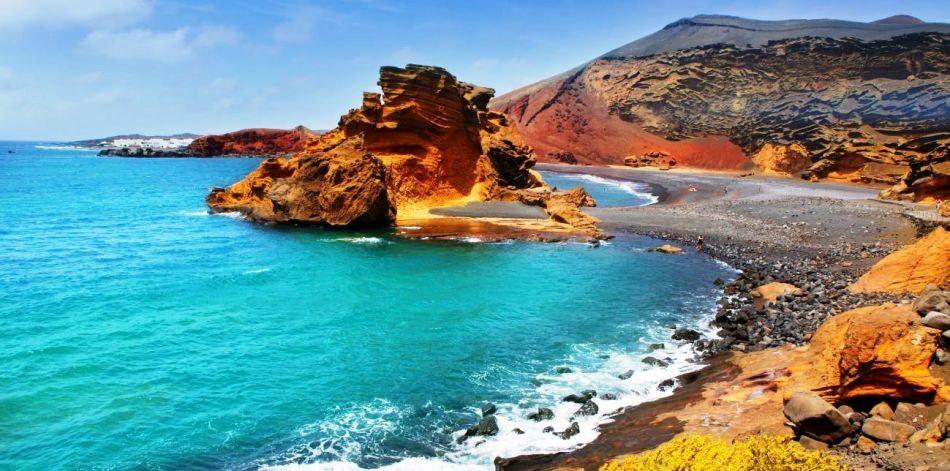 Lanzarote, Canary, Spain
Lanzarote, Canary, Spain The local population also does not look like the mainland compatriots. The Canaries have their own special culture, their mentality and temperament. Canarians resemble Latin Americans rather than Europeans-southerners. They do not eat jamon, do not like bullfighting, do not particularly favor fishing and seafood, but they gladly breed goats and sheep, play dominoes and petanque and arrange colorful carnivals.
Read more about the sights and attractions in the Canary Islands here.
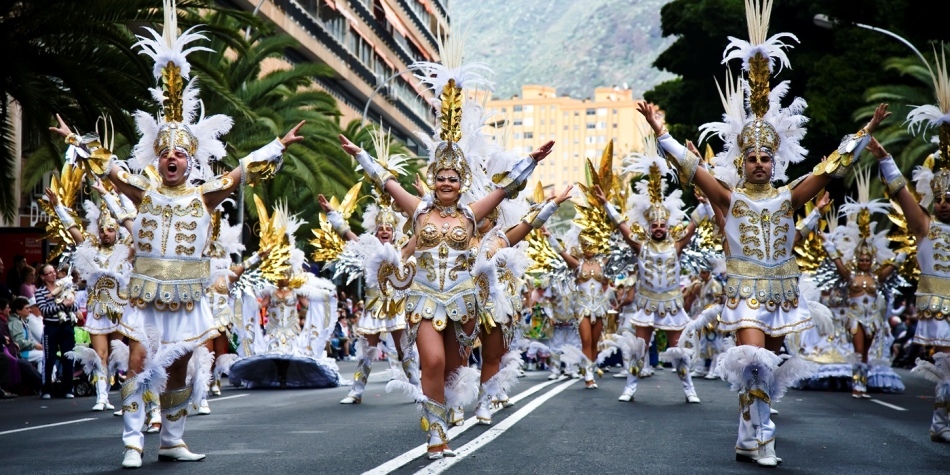 Carnival in the Canaries Spain
Carnival in the Canaries Spain Hotels in Spain: what to look for when choosing?
When choosing a hotel in Spain it is important to understand a few common points that are typical for all regions of Spain. Often tourists( especially after a holiday in Egypt and Turkey) rate hotels in Europe by Turkish standards, and completely in vain, because the hotels here are focused on a completely different kind of recreation. The main advantage of the hotel in Spain is its proximity to public transport stops, grocery stores, and the distance to the beach.
The choice of hotels can be made on the site booking.com. Here, to your attention, almost all the hotels of Spain will be presented for every taste.
 Standard room for hotels in Spain( Hotel GUITART ROSA 3 *, Costa Brava)
Standard room for hotels in Spain( Hotel GUITART ROSA 3 *, Costa Brava) So, what can you expect by choosing a standard room in a standard 3 * -4 * hotel in a small resort town:
- Room size is small, on average 16-18 sq.m, 99% of rooms in the hotel - standard double rooms
- Maximumthe number of guests in a standard room is 3 people, while the berths will occupy almost the entire area of the room. If your family has 4 or more people, you will have to book several numbers of
- . All rooms have a safe, air conditioning and a TV.A safe is available for a surcharge. For the remote control from the TV and air conditioning, you can ask for a cash deposit( 10-15 euros, will be returned upon eviction from the hotel)
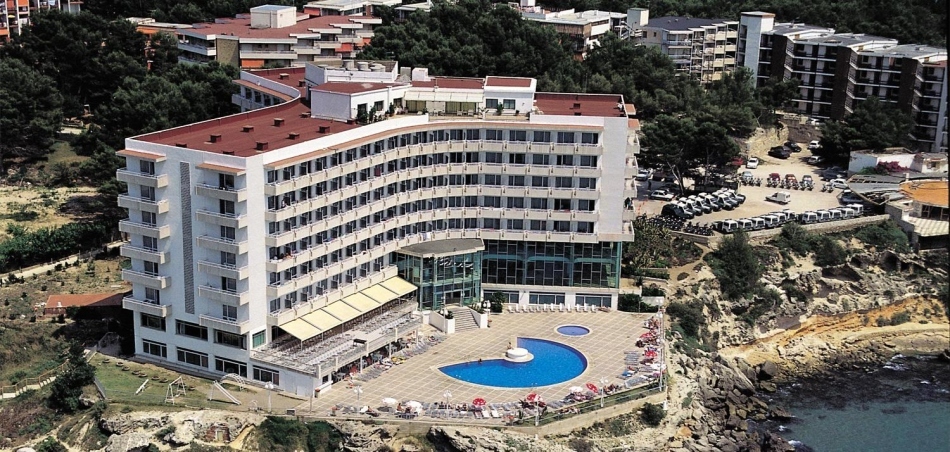 Best Negresco Hotel 4 *, Salou, Spain
Best Negresco Hotel 4 *, Salou, Spain - There are no refrigerators and mini bars in the rooms. You can take a fridge for hire for an extra charge( you need to order at the reception).Often, the antediluvian aggregates are brought, but still it is not necessary to choose, the main thing is that
- frosts. Audibility in all hotels is very decent. The country is southern, hot, it is not accepted to build thick walls here.
Cleaning in most hotels is very mediocre. - Maids are friendly and smiling aunts, but they do not know how to wipe the dust. If something does not suit, show your finger where you need to clean it - will make without problems
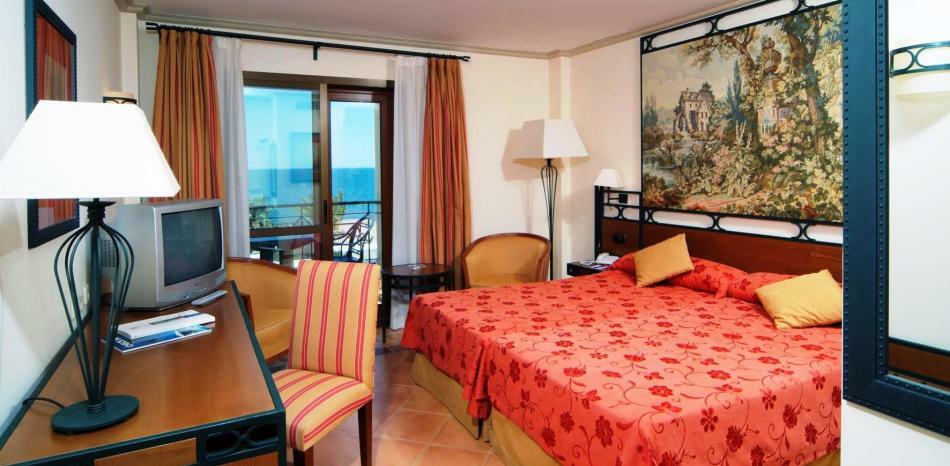 Hotel "Sol Don Marco" 4 *, Costa del Sol
Hotel "Sol Don Marco" 4 *, Costa del Sol - If you book a city hotel, do not expect beautiful views from the window. Most likely, your balcony will rest against the windows of the neighboring building or go out to the roadway( the development in the resort towns is quite dense).
- The hotel area is often equal to the perimeter of the building. From the entertainment standard set: a small pool, a bar and a playground for evening shows - all this will be squeezed into the inner courtyard between the buildings of the hotel
- It is assumed that in Spain most of the time tourists spend outside the hotel, on excursions or at sea. Therefore, the hotel services are minimized
- Food( most tourists book accommodation with breakfast or breakfast + dinner) in Spanish hotels is not too diverse, but soundly and delicious. Coffee and tea are served only for breakfast. For dinner, most of the hotels are lined up with a small queue. Food from the restaurant can not be taken out
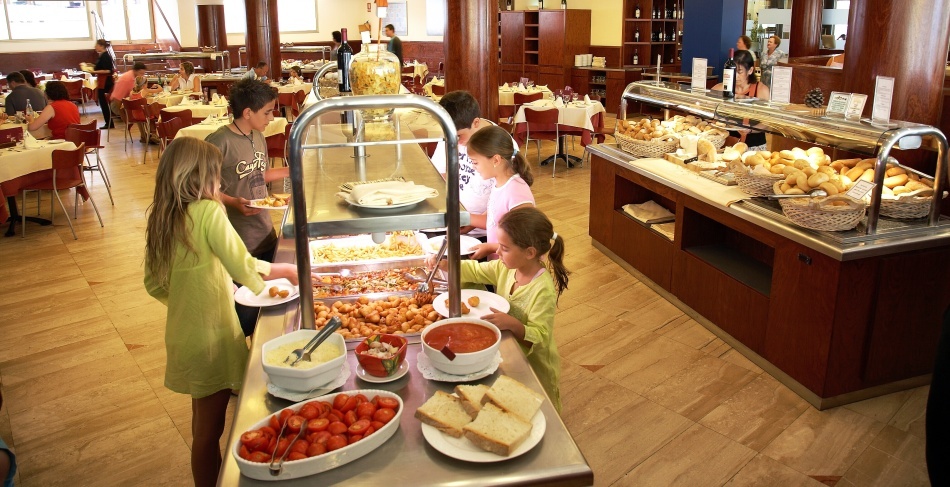 Restaurant of the hotel "Blaumar" 3 * in Salou, Spain
Restaurant of the hotel "Blaumar" 3 * in Salou, Spain - There are very few hotels in the all-inclusive system. This type of food is more common in the Canary Islands, where tourists spend more time in the hotel. In general, "all inclusive" in Spain does not justify itself because of the large number of day excursions. In addition, lunch in Spanish hotels is more like a menu in a student canteen than a full-fledged buffet(
- does not demand such a service too much) Most of all, 3 * hotels are spread on beach resorts in Spain, rarely 4 *, very rarely 5 *
- Canaries choice of 4 * and 5 * more than on the mainland, many premium hotels can be found on the Costa del Sol
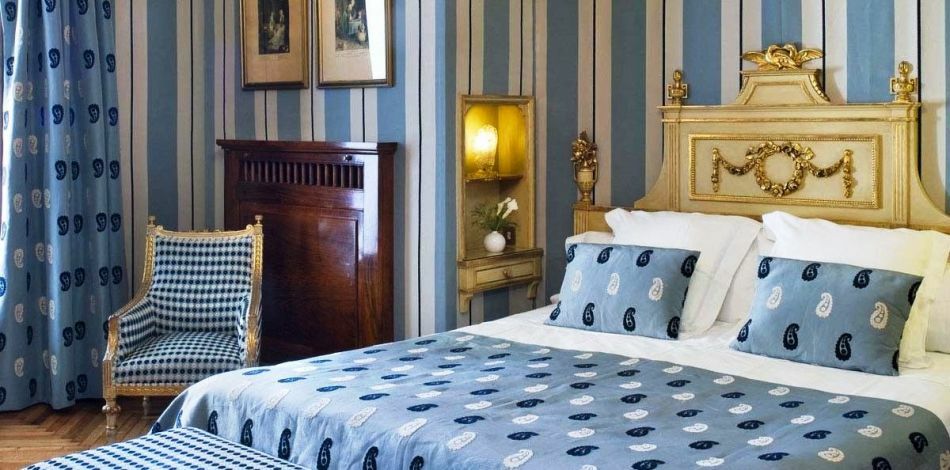 Hotel «Hostal de La Gavina» 5 *, Costa Brava, Spain.
Hotel «Hostal de La Gavina» 5 *, Costa Brava, Spain. In addition to standard hotels, there are other accommodation options:
- Camping - is found in the countryside and around the cities. It is a fenced place on the territory of which you can spend the night in a tent or in a car( sometimes in camping out rent out individual rooms or beds in equipped vans or cabins).On the territory of the campsite, there are usually toilets and showers, small shops with food and household trivia. One of the cheapest ways of accommodation
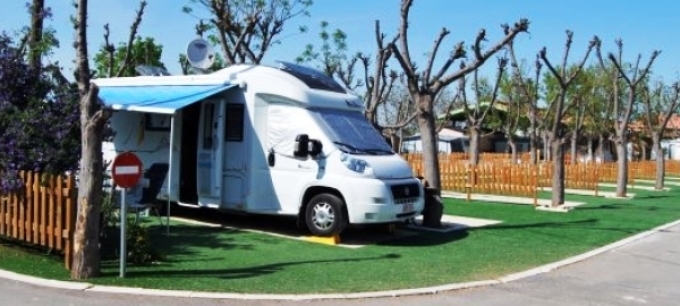 Camping on the Costa Blanca, Spain
Camping on the Costa Blanca, Spain - Hotels 1-2 * are more common in large cities( Barcelona, Madrid, Valencia) and are suitable for accommodation for a couple of nights. Such options are very popular with budget tourists, as 3-4 * hotels in large cities are expensive. Most of the hotels 1-2 * of the services offer only accommodation, sometimes the price includes a modest breakfast( tea / coffee and croissant).
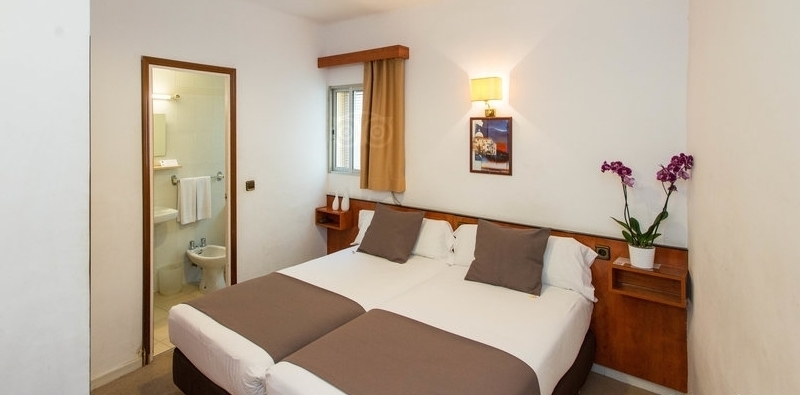 Hotel "Call", 1 *, Barcelona, Spain
Hotel "Call", 1 *, Barcelona, Spain - Also in big cities are very popular hostels - guest houses, where you can rent not a room, but a bed in the room. The rooms are of different capacities( up to 10-12 beds), female, male or mixed. The hostels have a shared kitchen equipped with everything you need. Toilet and shower are also often common( but can be in the room).Big companies like to stay in hostels( you can borrow a separate room for your own only) or young people for whom the price of accommodation is more important than comfort
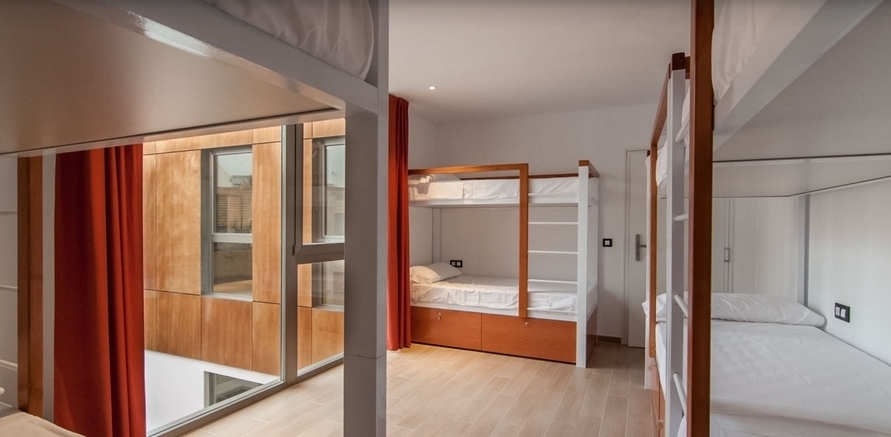 Hostel Javea, Costa Blanca, Spain
Hostel Javea, Costa Blanca, Spain - Apartments are separate apartments with equipped kitchen. Often under the apartments a separate building is allocated, on the territory of which there can be a swimming pool, a small restaurant and a shop for everything. The apartment is convenient to accommodate a large family, as the cost of living is about the same as in the hotel, and the area of the room is two to three times more. For lazy people in the apartment for extra charge, meals and room service are offered.
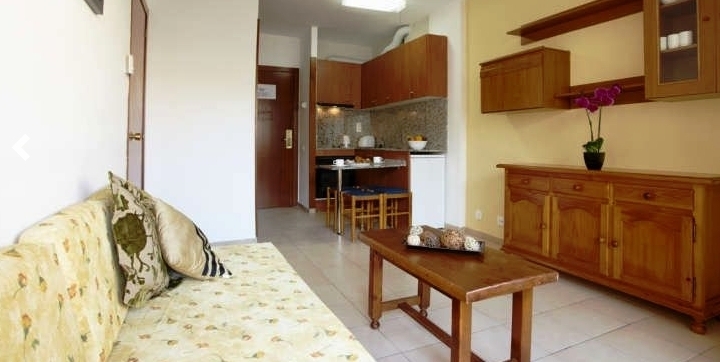 Apartments "Salou Suite", Costa Dorada, Spain
Apartments "Salou Suite", Costa Dorada, Spain - Pensions - this option is found in small towns and countryside. The boarding house involves placing in a separate room in a private home, where apart from you can accommodate other guests and the owners themselves. Serves guests, as a rule, personally the owner and members of his family. In the hostel, the level of service directly depends on the hospitality and hospitality of the hosts. If you are lucky, relax as your grandmother in the village
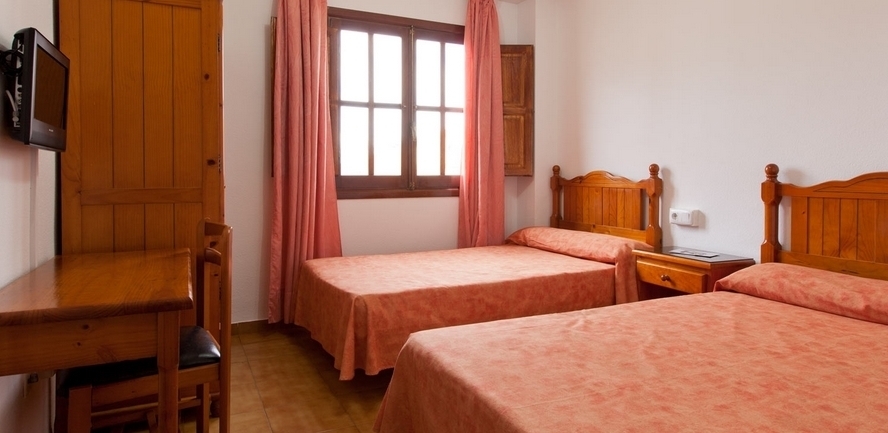 Pension «Ronda», Valencia, Spain
Pension «Ronda», Valencia, Spain - Casa( "Casa" in Spanish - house) - a detached villa, rented entirely. Sometimes they are rented out in parts by several families, but in this case each family will have a separate entrance to its half of the house. The villas are convenient to rent by large companies for a long time: in terms of one guest this option is always cheaper than the
 Hotel Casa in Marbella, Costa del Sol, Spain
Hotel Casa in Marbella, Costa del Sol, Spain - Parador is a historic building( medieval castle, monastery or palace)hotel premium. May be given in whole or in separate numbers. This placement costs a lot of money, is bought up for a year ahead, but fully justifies the price. If there is an opportunity, stop in the parador for at least a couple of nights, you will remember all your life.
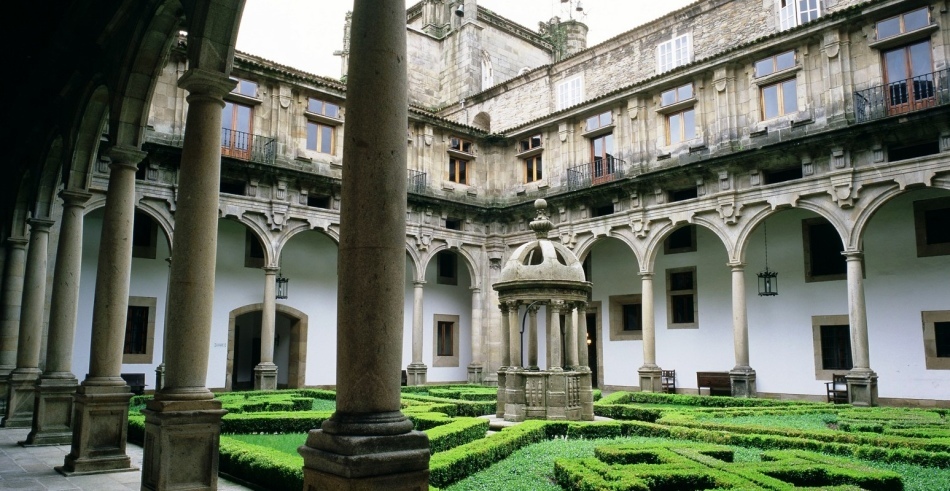 Hotel Parador in Santiago de Compostela, Spain
Hotel Parador in Santiago de Compostela, Spain Transport in Spain
Transport communication of Spain is developed simply on "excellent".Whichever way you decide to move around the country, it will be comfortable in all senses.
Transport in Spain runs strictly on schedule. In any kiosk or ticket office you can purchase traffic schemes, booklets with tables of intervals of traffic and many other useful information.
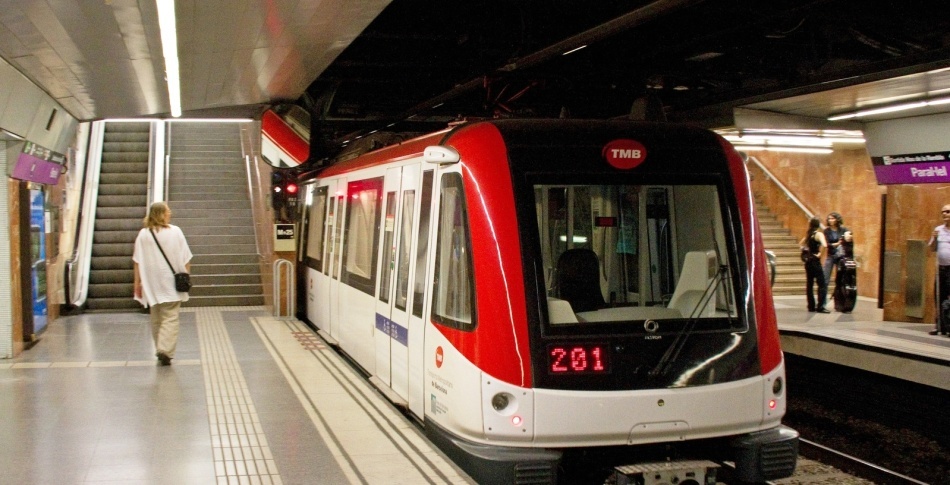 Metro in Barcelona, Spain
Metro in Barcelona, Spain In the major cities, the most convenient mode of transportation is the metro. Tickets can be bought at the box office or special vending machines at the entrance. Metro schemes are sold there. Each branch of the metro has its own color, which marks the names of stations, signboards at the entrance, trains, and so on.
Doors in subway cars are not always automatic, sometimes you need to press a special lever or button to open the door. In general, the Spanish subway is not much different from Moscow or St. Petersburg, so that any tourist can understand.
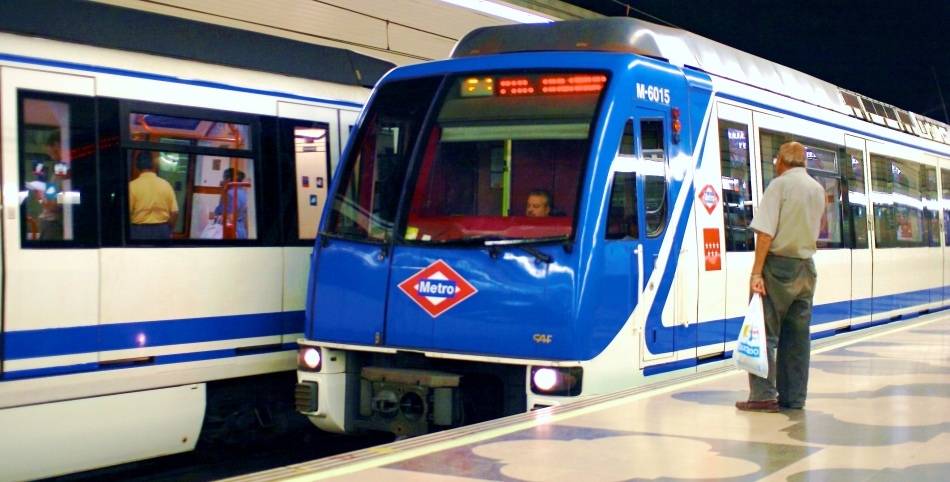 Metro in Madrid, Spain
Metro in Madrid, Spain The most popular type of public transport is the bus. Even in small towns there is a network of routes. For city buses tickets must be purchased in vending machines, at Tabacco booths or directly from the driver. Enter the salon can only be through the front door, the ticket is considered used if it is punished in the cabin of the bus.
Tickets are disposable or travel for several days( the second option is always cheaper).There are also special offers for tourists, where the ticket price includes using several types of transport and visiting the most famous museums in a certain period of time.
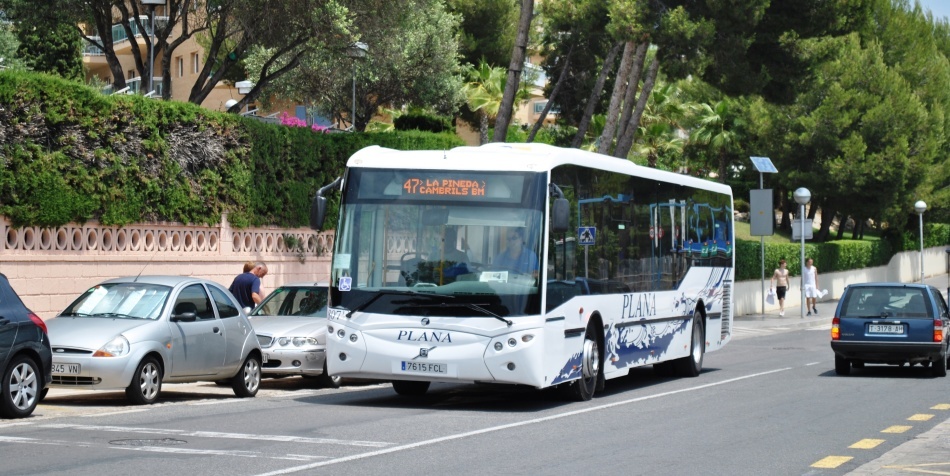 City bus in Cambrils, Costa Dorada, Spain
City bus in Cambrils, Costa Dorada, Spain Usually buses run only during the daytime( at 7 am to 10-11 pm).At the height of the tourist season, some cities operate night routes. The fare on them is slightly higher than the daily ones, and the ticket can be used only at night, in the afternoon it will be invalid.
Intercity buses are divided into two types: local( by neighboring towns and villages) and long-haul( when on the road you will spend 3 hours or more).Tickets for local buses are easier to buy from the driver.
For long distances it is better to buy tickets at the bus station or via the Internet. The most popular carrier of Spain - the company ALSA, see the possible routes and the cost can be here.
Please note that the buses that make long journeys are day and night( the latter are painted in dark colors and travel to them is cheaper), also the seats in the cabin of the bus may differ in price depending on the degree of comfort. All long-haul buses are equipped with air conditioning, comfortable chairs, often with biotoilets.
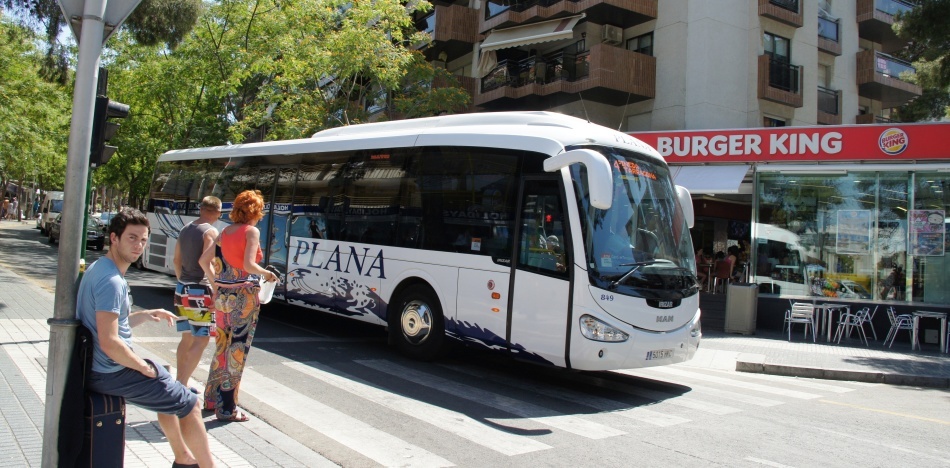 Intercity bus on the Costa Dorada
Intercity bus on the Costa Dorada You can take a train to travel between cities. Trains are of three types: high-speed( for moving to very long distances), fast( they are convenient to use if you move within the neighboring areas, for example from Barcelona to Valencia) and local trains-trains that make stops every 7-15 minutes.
Train tickets can be purchased via the Internet, for example, here, or at the ticket offices at the train station. The price of the ticket depends on the class of the car( luxury, coupe, reserved seat), from the time of day( there are night and day trains).Discounts for children, students and pensioners are provided. Often there are sales and promotions on popular destinations. If you immediately buy a round-trip ticket, the trip will cost less than one-way tickets.
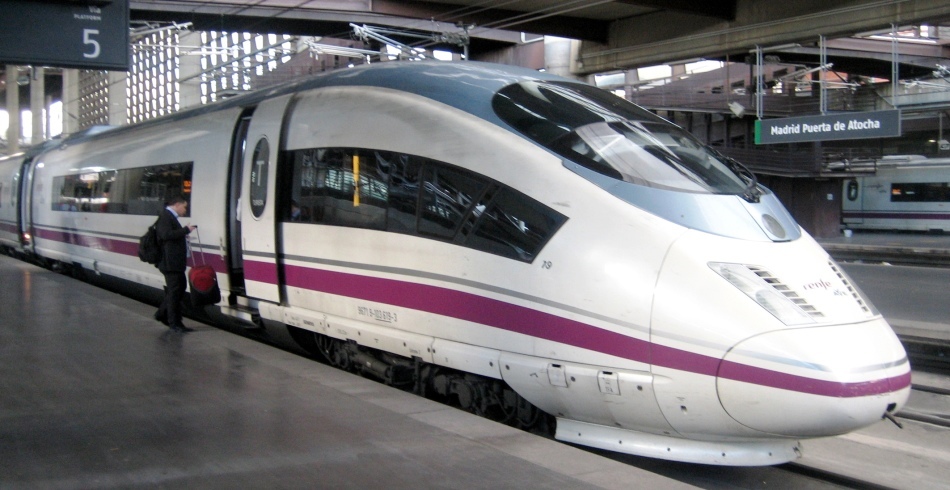 High-speed train Renfe, Spain
High-speed train Renfe, Spain Spain has very good air travel. Most large and medium-sized cities have their own airport. Domestic flights are operated by several local airlines, sometimes the ticket price can be lower than a train or even a bus.
The cheapest prices are about companies-loukosterov, who specialize in budgetary transportation. The price of such a ticket usually includes only the flight itself, all additional services( meals on board, baggage transportation, choice of location, etc.) need to be paid separately. More about the airports of Spain, flights and ticket prices can be found here.
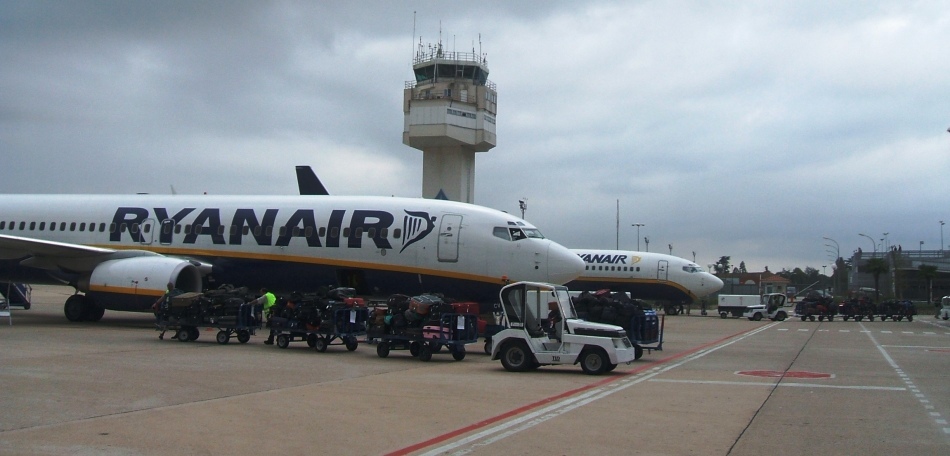 Low cost airplane at the airport of Girona, Costa Brava, Spain
Low cost airplane at the airport of Girona, Costa Brava, Spain Taxis in Spain can be ordered by phone, take in a special parking lot or stop on the city street with a wave of the hand. All cars are equipped with a counter and a green indicator on the scrap glass or on the roof of the car( if the indicator is lit, then the car is free).
At night, weekends and holidays, the fare is more expensive. Also extra charge for luggage. In the Spanish taxi is not accepted to pay up to a penny, usually the passenger rounds the amount on the counter to an integer and surrenders leave in the form of tips to the driver.
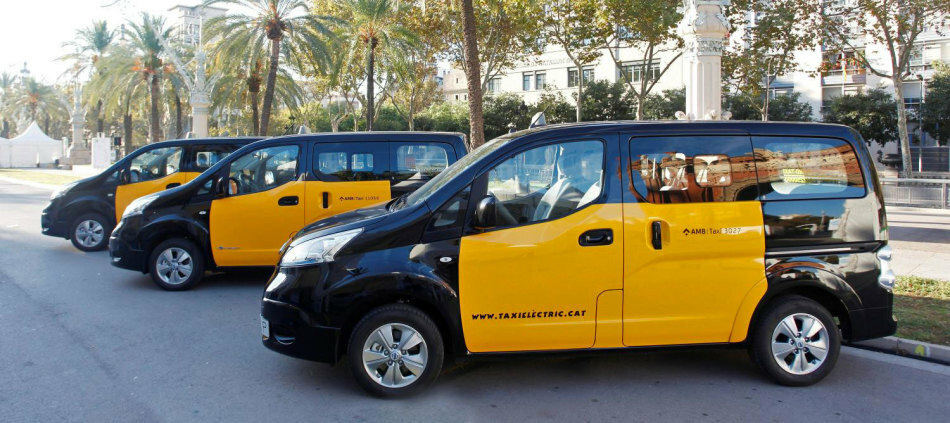 Taxi in Barcelona, Spain
Taxi in Barcelona, Spain Where and how to eat in Spain?
Food in Spain is not cheap, but there is always a way to save money. A common feature of all national catering establishments - they work strictly by the hour and are closed on a siesta. Do not follow this rule only fast food restaurants, Chinese cuisine and sushi bars.
In the most popular tourist places of the institution, too, do not close on the siesta, but it is completely unprofitable to eat in them, because the prices are cocked to the skies. It is better to dine there where more local and few tourists are a sure sign of moderate prices and excellent cuisine.
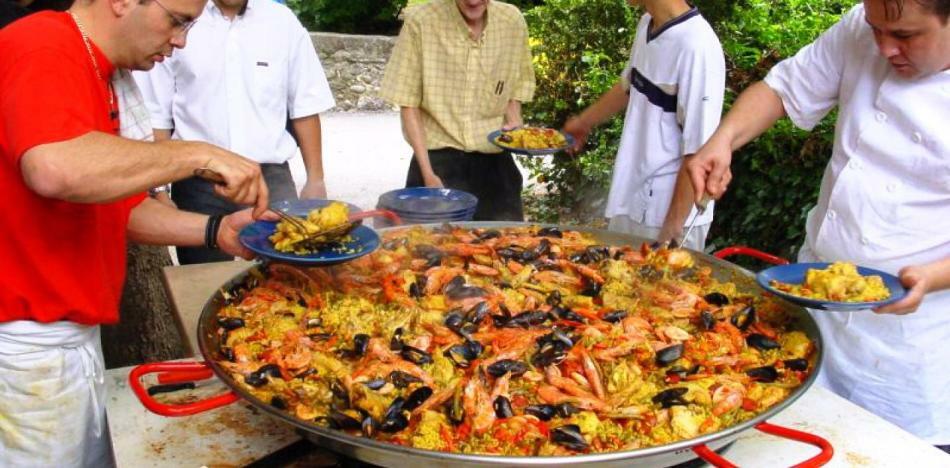 Spanish Paella
Spanish Paella What you need to know about nutrition in Spain?
- The cheapest food is in hot food kiosks and fast food restaurants( McDonald's, KFC, BurgerKing, Subway, etc.).The quality is about the same as we have
- . It is possible to have a snack at a self-service restaurant( something like IKEA restaurants and roadside cafes), where there is a "buffet" of ready-made salads, first and second courses, dessert and drinks. Such restaurants are classified as "economy", but the quality of food in them is quite acceptable. They can often be found at train stations, in large amusement parks and shopping centers, on campuses and in residential areas.
- In Italian restaurants, prices are also usually quite moderate, unless the restaurant positions itself as a "haute cuisine establishment."The standard choice of dishes in them: pizza, pasta and spaghetti. The quality of food can be different, but more often a good
 Food market "La Boqueria", Barcelona, Spain
Food market "La Boqueria", Barcelona, Spain - In many restaurants at lunchtime there is a "menu del di"( Menu del dia) - in Russian "business lunch".This is a complex lunch of two or three courses, the cost of which is significantly lower than the menu order. However, this option can be found only from 12 to 13 hours, then comes siesta, and all buries for 3-4 hours
- In some drinking establishments as a compliment to the drink serve tapas - a kind of snack in the form of sandwiches, vegetable mix, seafood or mini-shashlik. More often such service meets in small cities( in Barcelona or Madrid you hardly will find similar).If you consider that tapas is large and very satisfying, a glass of beer and a pair of tapas can replace the usual lunch.
- The cheapest option is to cook yourself. Products are cheaper to buy on the market( in small cities) or in grocery supermarkets. In large stores you can buy semi-finished or ready-to-cook products, often you can sell ready-made food that you just need to warm up in the microwave
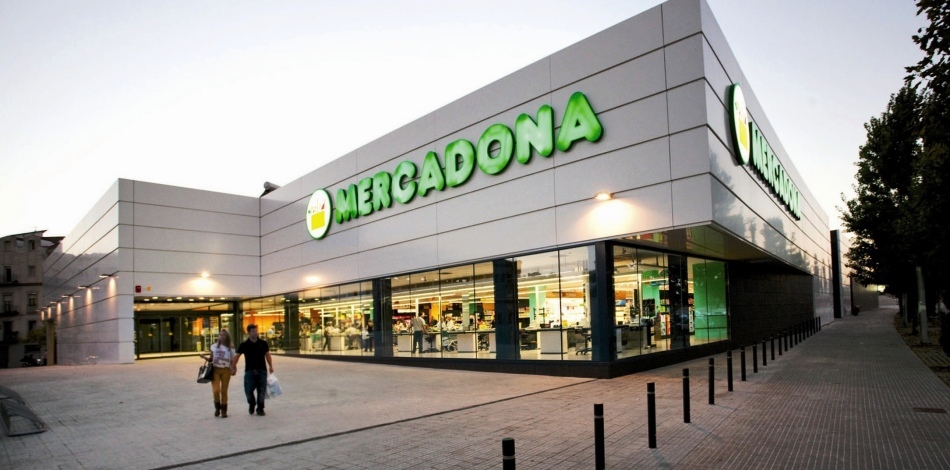 Food supermarket in Tarragona, Costa Dorada, Spain
Food supermarket in Tarragona, Costa Dorada, Spain Excursions in Spain
In terms of excursions, Spain is boundless. In each region, in every major city you will find a lot of sights, you can write a separate article for each locality. Travel agencies and street agencies in Spain often offer guided tours in English, in Barcelona and Tenerife you can find Russian-speaking groups.
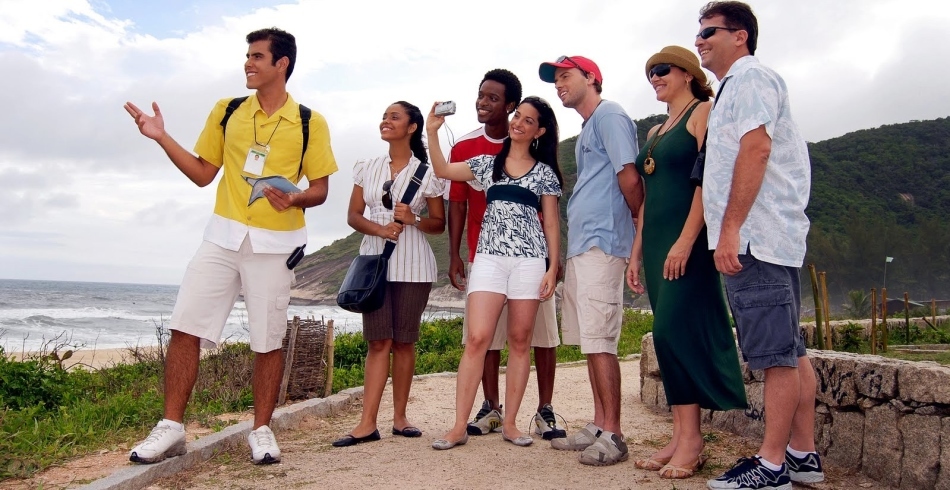 Private guides in Spain
Private guides in Spain In any region of Spain you will find an individual guide, ready to organize and conduct a tour of any complexity. The services of private guides are more expensive than group tours, but the quality will be several times higher, so the prices are justified. Find a suitable guide in Spain can be found on the site "Best Private Guides".In the same place you will find prices, excursion options, feedback on the work of guides, you can chat with the guide directly through the site and negotiate individual conditions.
If you are not ready to pay for the services of guides, buy a ticket for a special excursion bus - there are such in all major cities of Spain. All buses are equipped with audio guides, however, not always there is an option in Russian. In museums, explanatory expositions of plaques in different languages are exposed. In extreme cases, there is the Internet and Google, so finding the right information in our time is not a problem.
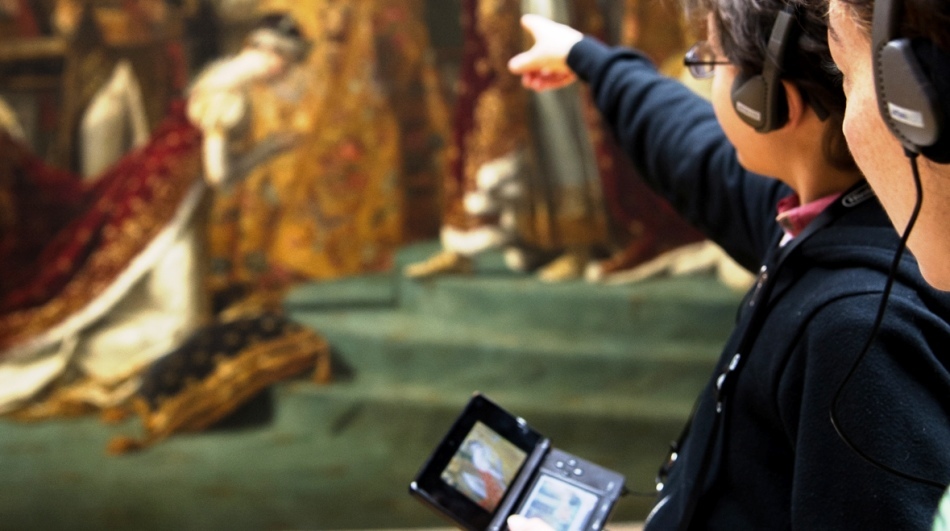 Audioguide in the Museum of Spain
Audioguide in the Museum of Spain Madrid Attractions
The Las Ventas arena is the most famous place for bullfighting in Spain. The building in the Moorish style was built at the beginning of the last century and today is the largest viewing platform in the country. In addition to bullfights in the arena are other performances. In the building of the arena there is a museum of bullfighting, and opposite the main entrance there are sculptures of matadors who died during the show. Address: Calle de Alcala, 237.
 Arena Arena Las Ventas, Madrid, Spain
Arena Arena Las Ventas, Madrid, Spain The Prado Museum is one of the top five in the world along with the Hermitage, the Louvre and the Vatican, and has a very rich collection of art objects. It is pointless to list the masterpieces that are stored in the museum - everyone who has visited Madrid, simply must visit here. All the necessary information on the schedule of work, ticket cost and additional services you can find on the official website of the museum.
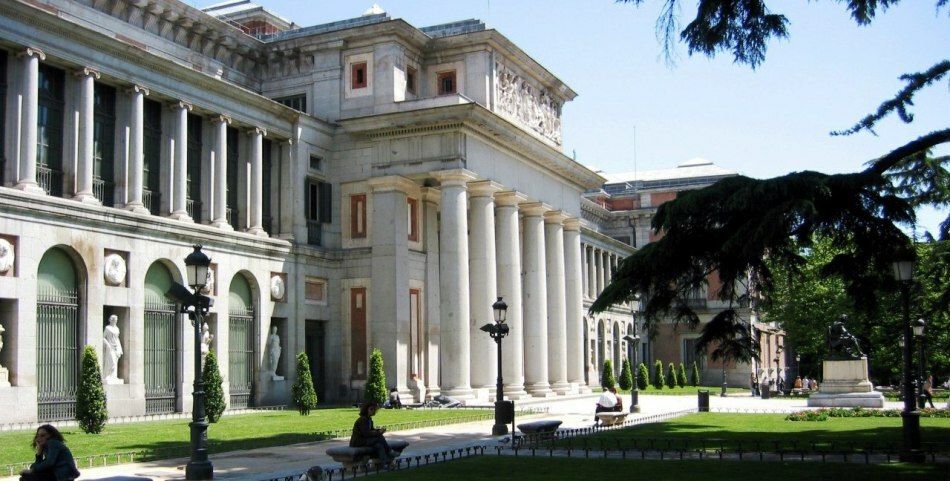 Prado Museum in Madrid, Spain
Prado Museum in Madrid, Spain Plaza Mayor is the central square of Madrid. During the history of Plaza, the Mayor has seen bullfights, royal holidays, public executions, football matches and much more. During the Christmas holidays, the Plaza Mayor opens a huge fair. In the summer, street artists and musicians often perform on the square.
 Plaza Mayor, Madrid, Spain
Plaza Mayor, Madrid, Spain The Royal Palace is the former official residence of the Spanish monarchs. Nowadays it is open for tourists to visit, and the monarch's family uses it only for official receptions on especially solemn occasions. More information about the exposition of the palace and the hours of work can be found here. Address of the palace: Madrid, Calle Bailen, Palacio Real.
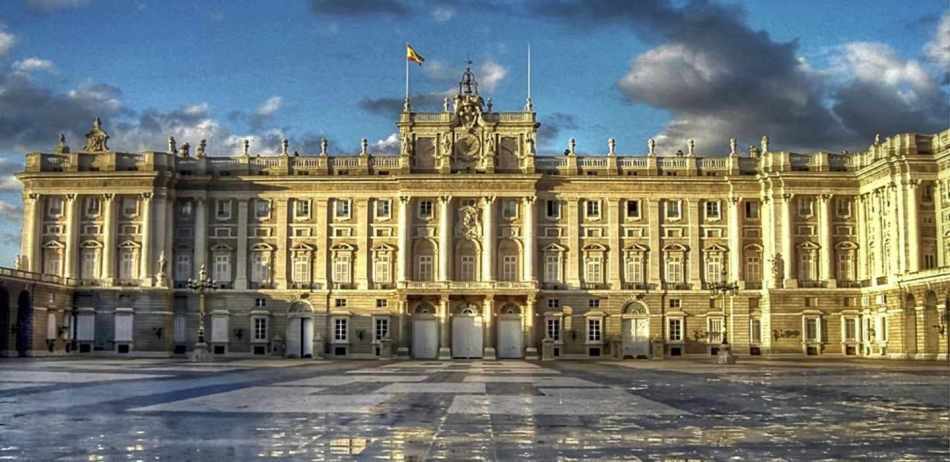 Royal Palace in Madrid, Spain
Royal Palace in Madrid, Spain Puerta del Sol is the second central square of Madrid, located on the site of the former main medieval gates of the city( "Gate of the Sun", hence the name of the square).In the center of the square is a statue of a bronze bear with a strawberry tree - the official symbol of Madrid.
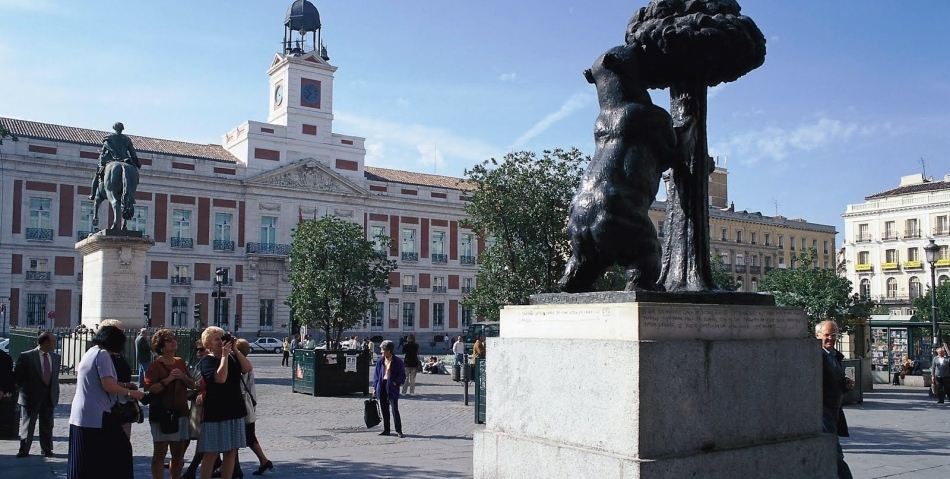 Puerta del Sol in Madrid, Spain
Puerta del Sol in Madrid, Spain Atocha station is the building of the old railway station, which is currently used as a winter garden and a shopping and entertainment area. Next to the old building is a modern railway terminal, which now serves passengers.
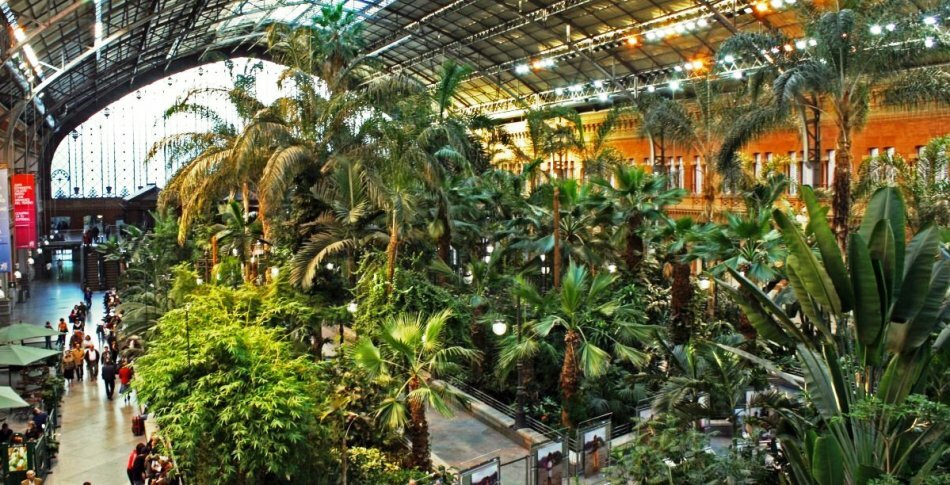 Atocha station in Madrid, Spain
Atocha station in Madrid, Spain The Queen Sofia Museum is an exposition of avant-garde art paintings of the early 20th century and modern art objects. As a joke, the inhabitants of Madrid call this museum "Sophida"( by analogy with the famous Parisian museum of modern art Pompidou).The address of the museum Calle de Santa Isabel, 52, the official version of the site in English can be viewed here.
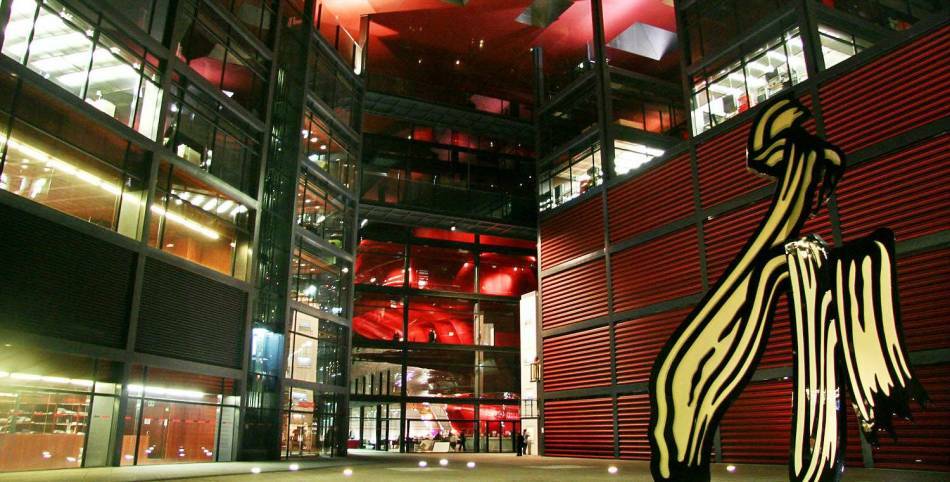 The Reina Sofia Museum in Madrid, Spain
The Reina Sofia Museum in Madrid, Spain The Madrid Zoo is a huge zoological garden in the territory of which the representatives of the animal world of all climatic zones of the planet live, including the rarest representatives of South America and Southeast Asia. On the territory of the zoo there are an aquarium, a serpentarium, a terrarium, and even an enclosure with microorganisms. Zoo address: Address: Madrid, Casa de Campo. For more information and to book tickets, please click here.
 Pandas at the Madrid Zoo, Spain
Pandas at the Madrid Zoo, Spain The Museum of America is the most complete exposition in Europe, telling about the life and life of the indigenous peoples of America, the history of the discovery of the New World by the Spaniards, the terrible colonial and predatory wars, and much more. The museum has very interesting exhibits from the times of the first conquistadors, personal belongings and household items of the first settlers, real Indian weapons and decorations. The museum address: Madrid, Avenida de los Reyes Catolicos, 6, see the official website here.
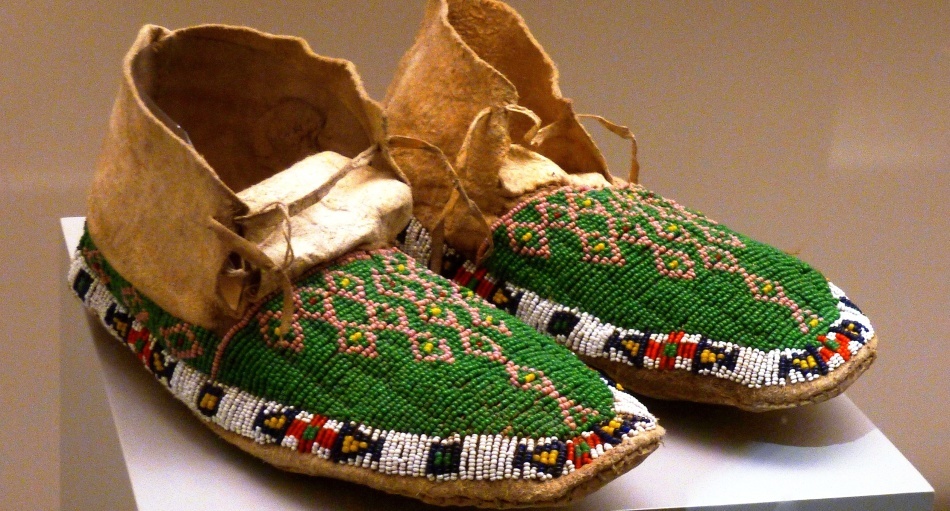 Indian moccasins in the Museum of America, Madrid, Spain
Indian moccasins in the Museum of America, Madrid, Spain The jamon museum is a very popular institution, where the main thing is not an exhibition-exhibition, but an opportunity to taste all possible types of jamon produced in Spain, including the most exotic ones. In the museum you will learn how to properly store and consume jamon, how to distinguish one variety from another, you can buy the varieties you like. The museum has several branches throughout the city. The main minus - employees and sellers speak only Spanish( take a phrase book with you, or explain on your fingers).More information can be found on the official website of the museum.
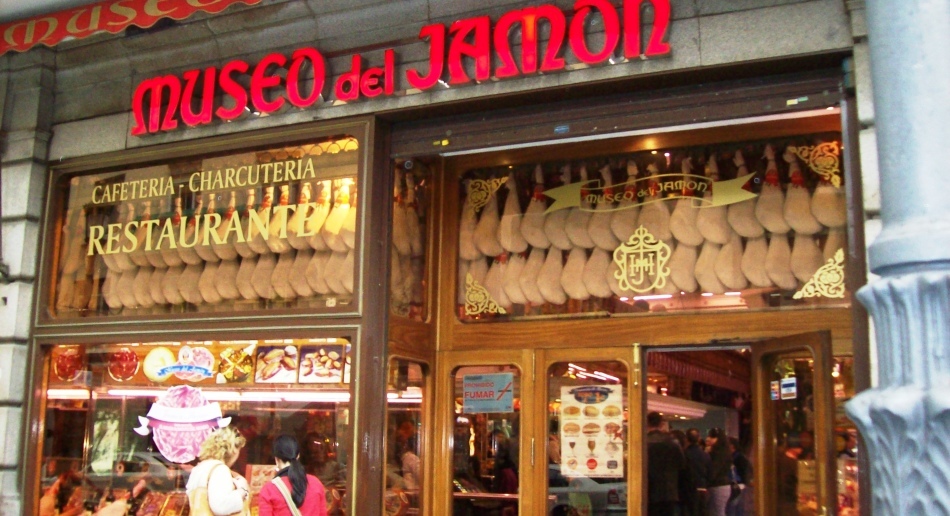 Museum of the Jamon in Madrid, Spain
Museum of the Jamon in Madrid, Spain The Plaza of Spain is a very popular place for tourists and locals. Its main attraction is the monument to Don Quixote, part of a sculptural composition set in honor of the great Miguel de Cervantes. Also on the square there are several interesting buildings: the Palais "Spain", in its style reminiscent of the monumental Stalinist skyscrapers, the Madrid Tower is the first skyscraper in Spain, and Casa Gaillardo's house is an elegant building in the "modern" style.
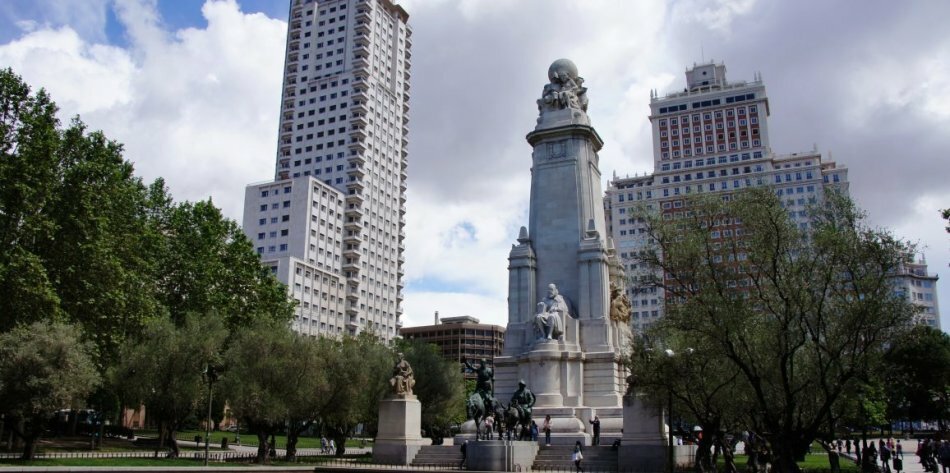 Plaza of Spain in Madrid
Plaza of Spain in Madrid Plaza Sibeles - one of the main squares of Madrid, the seat of the main administrative buildings of the city: the Palace of Cibeles - the residence of the mayor of Madrid( for the fancifulness this building was popularly called "wedding cake"), Buenavista Palace - the Supreme High Council of Spain, the building of the state bank of Spain and the former city prison. In the center of the square stands the Cibeles fountain, in which football players and fans of Real Madrid bathe after each match won.
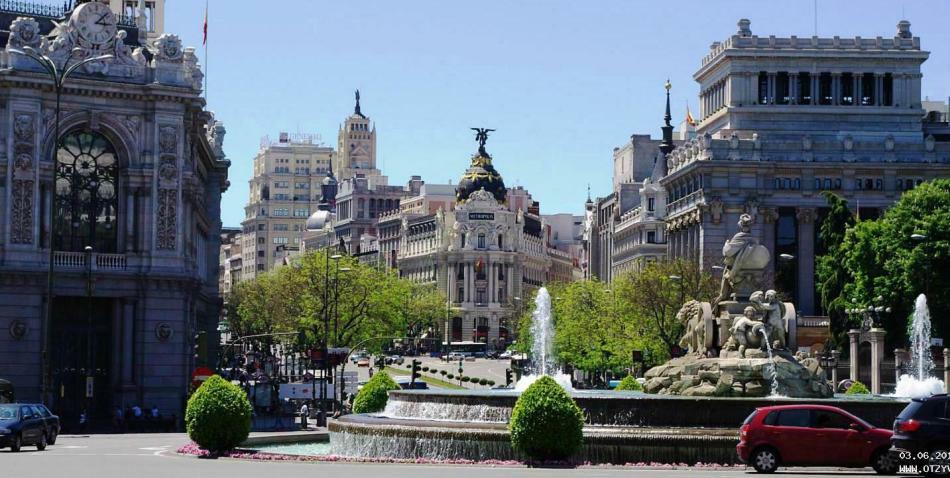 Cibeles Square, Madrid, Spain
Cibeles Square, Madrid, Spain Buen Retiro Park is the central and oldest park in Madrid. The park was laid in the XVII century in the time of King Philip IV, the park name is translated as "Good solitude".According to its layout and architecture, Buen Retiro very much resembles Petrodvorets or the park area of the Louvre in Paris. El Retiro is located in the heart of Madrid, and is a great place to relax between excursions.
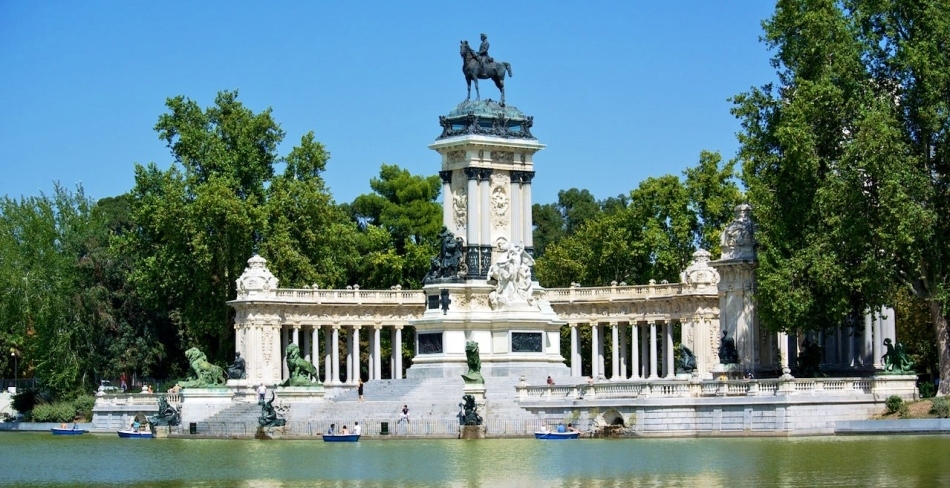 Buen Retiro Park in Madrid, Spain
Buen Retiro Park in Madrid, Spain Sights of Spain
Attractions of the Costa Brava
Blanes, Lloret de Mar, Tossa de Mar, Playa de Aro,
Palamós, Calella de Palafrugell, Tamariu, Empurees,
Empuriabrava, Cadaques and Port Lligat, El Port de la Selva,
Rosas, Girona, Figueras and the Museum of Salvador Dali,
Castle of Pobol, Besalú and Rupit.
Sights of Costa Dorada:
Salou, La Pineda and Cambrils, Comaruga and Calafell, Torredembara and Altafulla, Tarragona, Reus, Port Aventura Children's Park, Monastery on Mount Montserrat.
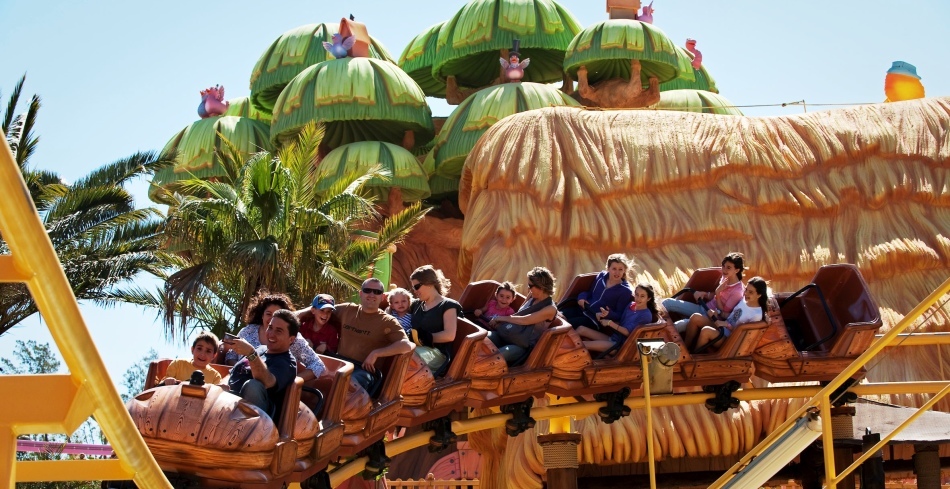 Port Aventura, Costa Dorada, Spain
Port Aventura, Costa Dorada, Spain All about the trip to Barcelona
Read more about the sights of Barcelona in this article, including: Rambla, Gothic Quarter, Gaudí Architecture, Tibidabo Park, Montjuic, Plaza of Spain and Singing Fountains, Barcelona Zoo.
For information on what to consider when traveling to Barcelona, see here.
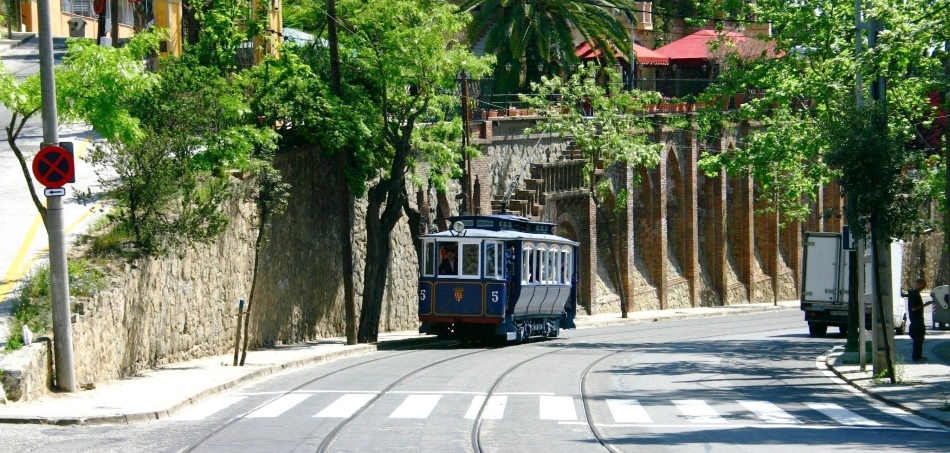 Area Valcarca in Barcelona, Spain
Area Valcarca in Barcelona, Spain What to see in Valencia and the Costa Blanca?
Sights of Valencia, City of Arts and Sciences,
Natural Park of Albufera, landmarks of the Costa Blanca.
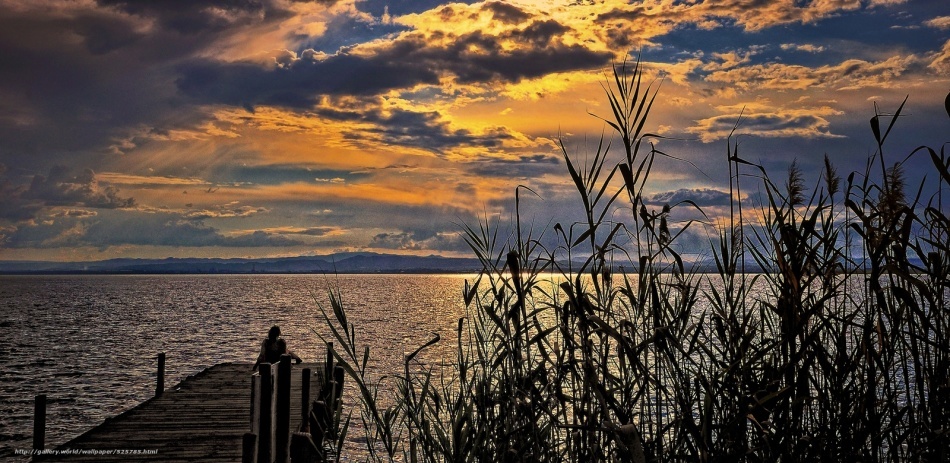 Park Albufeira, Valencia, Spain
Park Albufeira, Valencia, Spain Attractions Costa Del Sol
Marbella, Estepona, Torremolinos, Benalmadena, Fuengirola, Nerja, Malaga, Children's entertainment on the Costa del Sol, Seville, Granada, Cordoba( Cordoba).
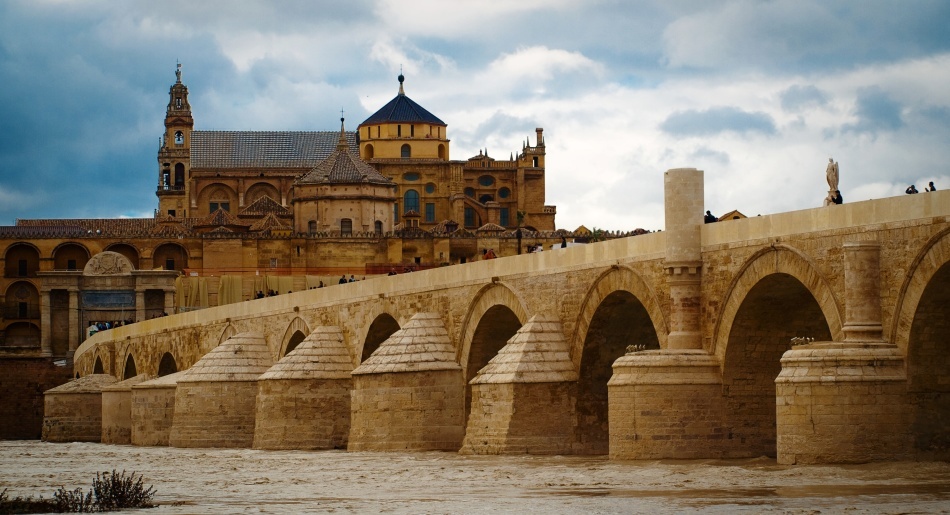 Cordoba, Spain
Cordoba, Spain The main cities and attractions of the Basque Country:
Bilbao, San Sebastian, Vitoria-Gasteiz, Natural and historical sights of the Basque Country.
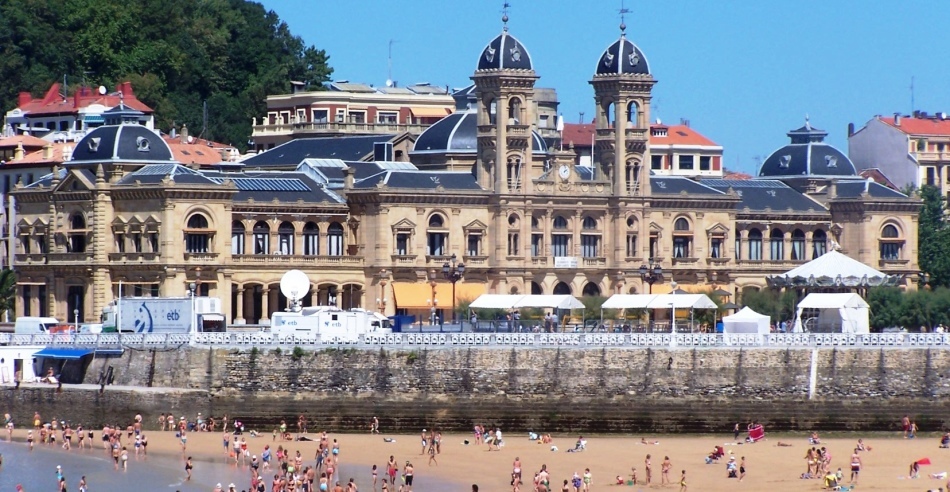 Embankment in San Sebastian, Spain
Embankment in San Sebastian, Spain Sights of the Canary Islands:
National Park and Teide volcano, Sights of Tenerife, Landmarks of Gran Canaria, Lanzarote,
Interesting places on Fuerteventura, Holidays with children in the Canaries.
